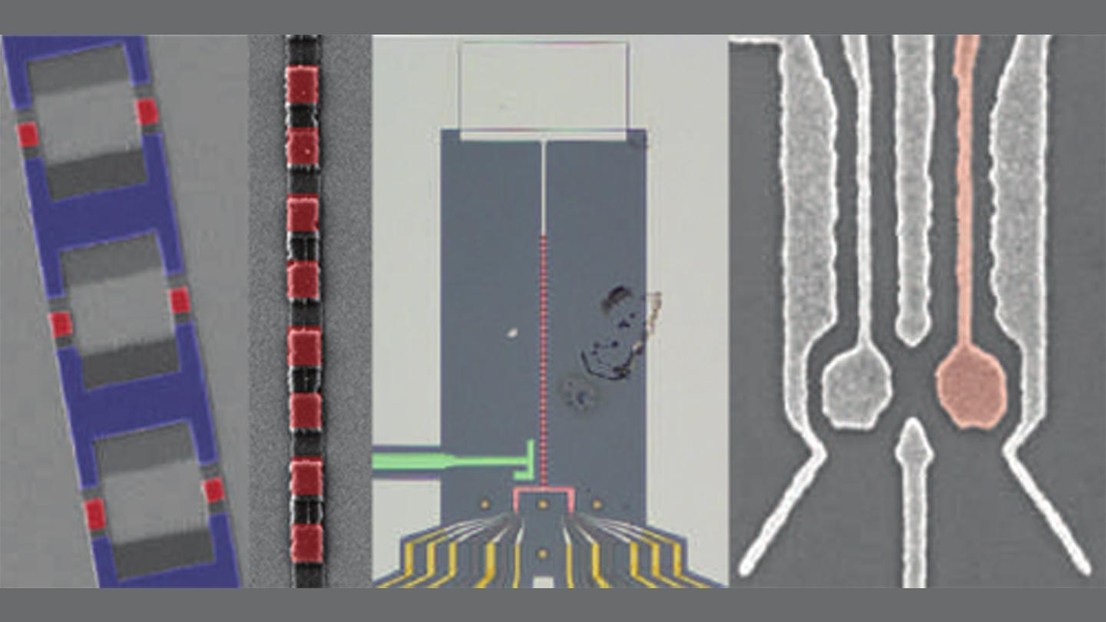Pasquale Scarlino and team publishes new research on quantum dots

© 2022 Scarlino et al.
Professor Pasquale Scarlino and colleagues at ETH Zurich have published a new paper in the journal PRX on their study to improve the status of artificial atoms—called quantum dots—as qubit candidates for quantum technologies.
The well-established semiconductor material platform, that revolutionized classical computing, in principle could also extend to quantum computing with bits (qubits) having great performance such as fast operation, long stability and the ability to scale to very large numbers, thanks to the maturity of the semiconductor industry.
Unfortunately, the quantum-dot-based charge qubit technology has so far proved flimsier with respect to other quantum bit technologies, such as superconducting or atom-based, losing their ability to retain quantum information faster (i.e. larger decoherence rate) due to charge noise.
Now Pasquale Scarlino at EPFL and colleagues from ETH Zurich have managed to reduce the sensitivity to charge noise, increasing the coherence time of these qubits 10 folds in their new publication "In situ tuning of the electric-dipole strength of a double-dot charge qubit: Charge-noise protection and ultrastrong coupling".
This work also results in a better ability to probe the strong coupling of light with the electronic states of the dots, paving the way for more stable qubits and the possibility of qubit-qubit interaction mediated by photons.
The ability to tune the coherence time demonstrated here increases overall the promises of a Quantum-dot-based qubit technology also concerning spin qubit applications.
Read Physics news highlight and the article.